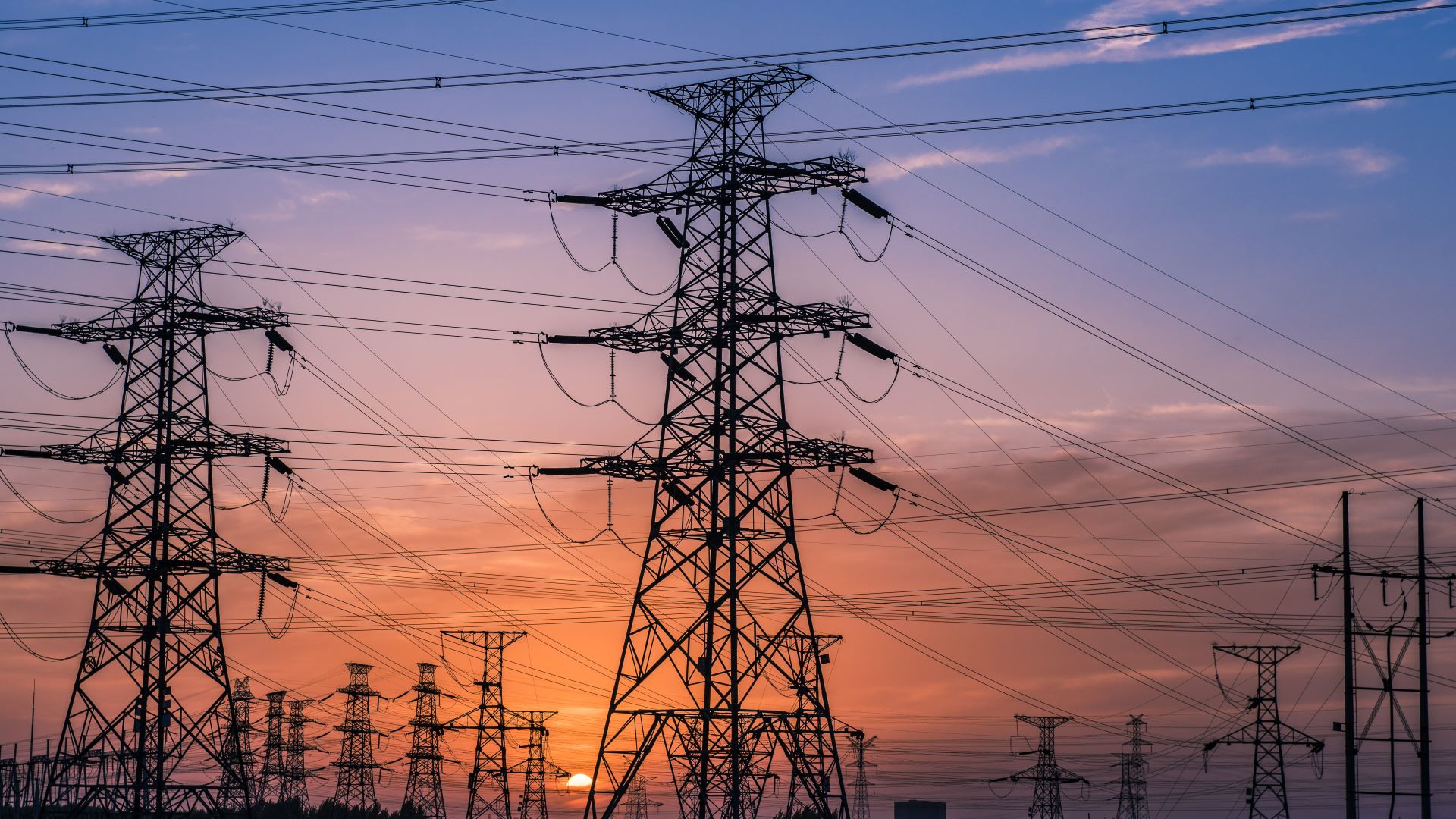In the fifth in our series of briefings following the passing of the Energy Act 2023 (the Act) on 26 October 2023, our team at Norton Rose Fulbright look at the framework adopted under the Act to reform of the electricity and gas markets by introducing competition in onshore electricity networks and a new merger regime for energy network companies.
Competition in onshore electricity networks
One of the most important market reforms made by the Act relates to the introduction of competition in onshore electricity networks.
By virtue of changes to the Electricity Act 1989 (EA 1989), competition in the ownership and operation of offshore transmission assets has been in place since 2009. This enabled Ofgem to make regulations for competitive tenders for offshore transmission licences, saving £800 million for consumers since its introduction.
However, onshore networks have been treated differently, with incumbent electricity network companies being responsible for building, owning and operating onshore electricity networks. Whilst the existing regime has worked well, change is required to increase the amount of electricity network infrastructure in Great Britain to cope with growing demand whilst targeting net zero by 2050. The government has therefore for many years been considering extending competition in the ownership and operation of onshore transmission assets to bring cost savings to consumers in a similar way to the offshore transmission regime. After a failed attempt to introduce these changes in 2016, competitive tendering in the building, ownership and operation of the onshore electricity network has now been legislated for in the Act with the expectation of saving consumers up to £1 billion by 2050.
The Act provides for competition for the carrying out of ‘relevant electricity projects’, which extend to projects relating to the transmission and distribution systems, an electricity interconnector or a multi-purpose interconnector (MPI). However, the government indicated that certain early strategic projects may be exempt from the introduction of onshore network competition, and tasked Ofgem with consulting on the matter1. Following consultation, Ofgem published its Decision on accelerating onshore electricity transmission investment on 15 December 2022, whereby it introduced a new regulatory approval and funding framework for onshore transmission projects, known as ‘ASTI projects’, which will apply to an initial 26 projects that will be exempt from the competition model. Other than in respect of these initial exempted projects, the government expects competition to become the norm and to be incorporated into network companies’ project plans from the outset2.
To be eligible for competition, relevant electricity projects will also need to satisfy certain eligibility criteria specified by the SoS. A high-value threshold of £100 million has been indicated by the government as appropriate for late-model competition at transmission level, although this is to be kept under review as the competitive market becomes more established. For distribution, the government also concluded that it anticipates using a new, separable and high-value criteria for late-model competition which is yet to be determined when establishing competition at distribution level.
Under the Act, the SoS may designate one or more delivery bodies to hold competitive tenders for relevant electricity projects. In the context of transmission, the government proposed that NGESO be appointed as the delivery body for onshore competitions at transmission level, with a view that this function will eventually be transferred to the ISOP. However, in the context of distribution, the government could not recommend anyone as the delivery body pending implementation of competition at distribution level.
Whilst the Act introduces several important changes, it leaves it to Ofgem to make regulations for the competitive tendering of relevant electricity projects and empowers it to make necessary licence modifications.
Ultimately, this new regime is expected to unlock the significant investment needed in the onshore electricity network to move to net zero by allowing new, more innovative and efficient, participants with access to different sources of capital to compete in the sector.
Mergers of energy network companies
The Act introduces a ‘special’ merger regime for energy network companies of the same type (i.e. two or more electricity/gas network companies) that will create more scrutiny of their merger transactions.
Energy network companies have so far been subject to the general merger regime, which is a two-phase process: the Competition and Markets Authority (CMA) first determines whether it believes that the merger results in a realistic prospect of a substantial lessening of competition (Phase 1) and, if so, it has a duty to launch an in-depth assessment of the merger (Phase 2) or accept undertakings from the merging parties to modify aspects of the transaction to ‘remedy’ and competition concerns identified (known as ‘Undertakings in Lieu’).
Under the Act, the CMA will now be required to consider, when investigating completed or anticipated energy network mergers, whether the merger has or may substantially prejudice Ofgem’s ability to make effective comparisons between energy network companies through the price control process and, if so, whether any such prejudice is outweighed by any relevant customer benefits. This special merger regime is not new – water companies have been subject to a similar regime since 2004 – but Ofgem has long been calling for extending this regime to mergers of energy network companies, which currently operate as regional monopolies, with no direct competition between them. Ofgem sets their price controls through ‘comparative benchmarking’, which involves comparing data from all energy network companies. Therefore, consolidation of network ownership into fewer groups through mergers and acquisitions could potentially be detrimental to Ofgem’s ability to effectively carry out that benchmarking exercise given the reduced pool of independent entities that can be compared, ultimately reducing the diversity of approaches and data sets available. This could impact the way that Ofgem sets efficiencies and requires service quality improvements.
If prejudice has been identified that does not outweigh any relevant customer benefits, the CMA must refer the matter for an in-depth Phase 2 investigation or, alternatively, accept from the merging parties appropriate Undertakings in Lieu to take such action as it considers appropriate having regard to the need to achieve as comprehensive a solution as is reasonable and practicable to the prejudice. Ofgem will generally expect such undertakings to restore its ability to make comparisons between energy network companies to a level similar to that which existed pre-merger.
Before forming a view, the CMA is required to consult Ofgem, to which end Ofgem must prepare and publish a statement of the methods it considers should be applied in forming such opinion. The statement must set out the assessment criteria it would use, and the relative weight given to these criteria.
The CMA has consulted on the draft ‘Energy network mergers: Guidance on the CMA’s procedure and assessment’ (Draft CMA Guidance), and Ofgem on its ‘statement of methods’. These consultations both closed in late January 2024, so final versions of the documents are now expected. As the Draft CMA Guidance explains, energy network companies will continue to be subject to both the general and special merger regimes: if the businesses of both merging parties involve energy network companies of the same type, and also include other activities, the CMA will consider the parts of the transaction relating to the overlapping energy network companies under the special energy network merger regime and the parts of the transaction relating to the parties’ other activities under the general merger regime3.
It is also worth noting that energy network mergers will not benefit from the fast-track process under the Digital Markets, Competition and Consumer Bill, which is currently before the House of Lords. However, the CMA may in some circumstances administratively accelerate the energy network merger assessment of a case to a Phase 2 investigation where there is sufficient evidence of an adverse impact on Ofgem’s ability to make comparisons for a reference, where this reflects the wishes of the merger parties and provides sufficient time for Ofgem to provide its opinion.







